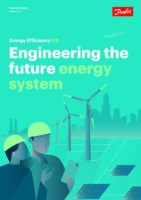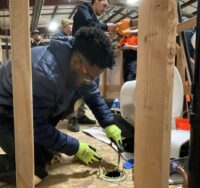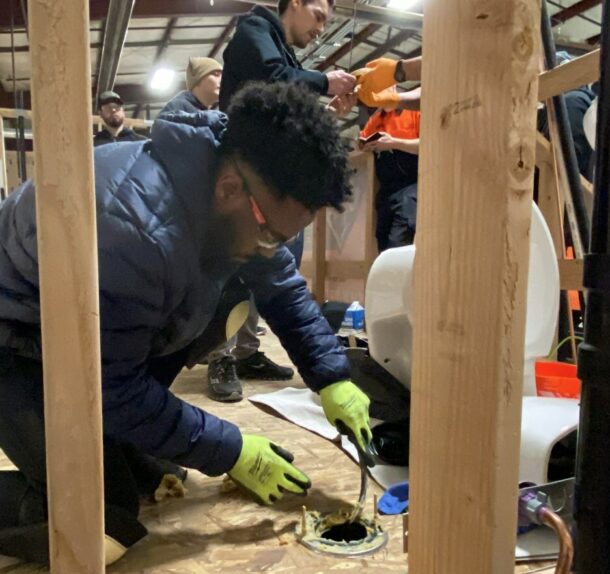Contractors to ‘Get in the Race’ for a Chance to Win High-Efficiency Boiler, Chevy Impala Collectible HVAC contractors, start your engines! Weil-McLain®, a leading provider of high-efficiency commercial and residential hydronic comfort heating solutions, has launched a limited time promotion for members of the company’s new growth and loyalty program, The Weil-McLain Advantage™. From now until Read more
The Lowe’s Foundation today announced a total of $3 million in Gable Grants to three national nonprofit organizations that are delivering innovative and scalable skilled trades training in local communities nationwide. The $1 million grants are being awarded to Goodwill Industries International, the Local Initiatives Support Corporation (LISC) and the National Center for Construction Education and Research (NCCER).
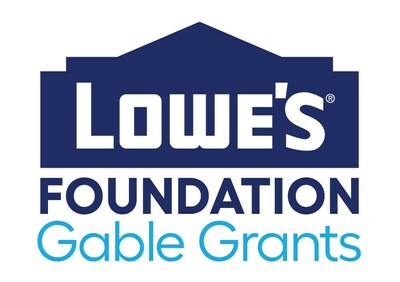
The national Lowe’s Foundation Gable Grants program will accept applications for two-year grants to help build a sustainable infrastructure of innovative training programs to cultivate more job-ready tradespeople and address the skilled trades labor shortage throughout the U.S.
“Each of these organizations brings something different to the table through their robust network of skilled trades training programs and a strong local and national presence,” said Janice Dupré, Lowe’s executive vice president of human resources and chair of the Lowe’s Foundation. “These programs, paired with the grants to community and technical colleges announced this summer, are a critical step as the Lowe’s Foundation continues to help build a sustainable infrastructure of innovative skilled trades programs across our communities.”
These grants will fund programs that prepare more individuals for skilled trades careers, including providing accelerated training, coaching, wraparound services and targeted workforce development in communities impacted by natural disasters.
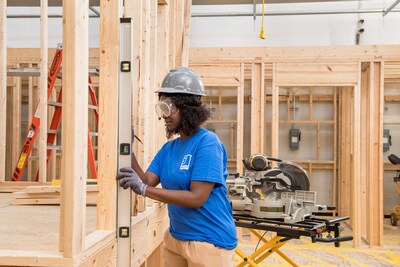
Goodwill will use the funding to support the Goodwill Opportunity Accelerator, a workforce development program that provides holistic wraparound services
Goodwill will use the funding to support the Goodwill Opportunity Accelerator, a workforce development program that provides holistic wraparound services to help participants from any background develop foundational digital and job-ready skills and pursue a pathway into an in-demand industry position. This comes to life through the support of strong partner relationships with employers, credentialing organizations and funders.
“We are extremely grateful for this grant from the Lowe’s Foundation, which will enhance the dignity and quality of life for job seekers nationwide,” said Martin Scaglione, chief mission officer of Goodwill Industries International. “The critical support provided by Gable Grants will help us leverage the Goodwill Opportunity Accelerator, our holistic workforce delivery model. This will increase access to skilled trades training and help dedicated tradespeople connect with employers who need them.”
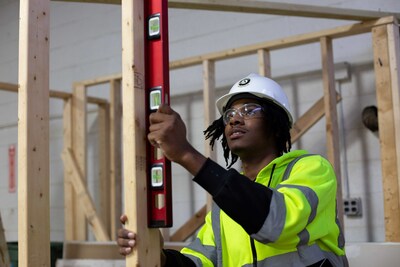
LISC will fund 12 partners that offer industry-specific training, financial coaching, income support access and wraparound services to skilled trades job seekers in local communities
LISC will fund 12 partners that offer industry-specific training, financial coaching, income support access and wraparound services to skilled trades job seekers in local communities.
“We know that building bridges between workers and potential employers at the community level, combined with culturally relevant training and coaching support, is a highly effective model,” said LISC CEO Michael T. Pugh. “This grant will allow us to ramp up access to training in the skilled trades in places it has been historically lacking, and it will help lead hundreds of people into fulfilling careers.”
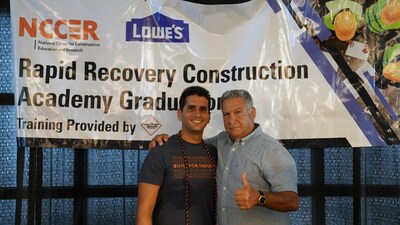
NCCER will expand its Community Construction Academies to underserved individuals in response to community and workforce needs
NCCER will expand its Community Construction Academies to underserved individuals in response to community and workforce needs. These boot camp-style training programs will build upon a successful tuition-free, rapid recovery construction training pilot funded by Lowe’s last fall to help rebuild Southwest Florida communities after Hurricane Ian. The academies allow program participants to earn industry-recognized NCCER construction craft credentials.
“We see an opportunity to engage and train individuals to help with rebuilding efforts locally and provide opportunities for fulfilling careers in construction that can last a lifetime,” said Boyd Worsham, president and CEO of NCCER. “We’re grateful for the opportunity to scale this program. We know these academies can transform both communities and lives.”
The Lowe’s Foundation has committed $50 million over five years to help prepare 50,000 people for careers in skilled trades. The Foundation awarded Gable Grants totaling nearly $8 million to community and technical colleges in July and plans to announce its first cohort of community-based nonprofit grant recipients in early 2024.



